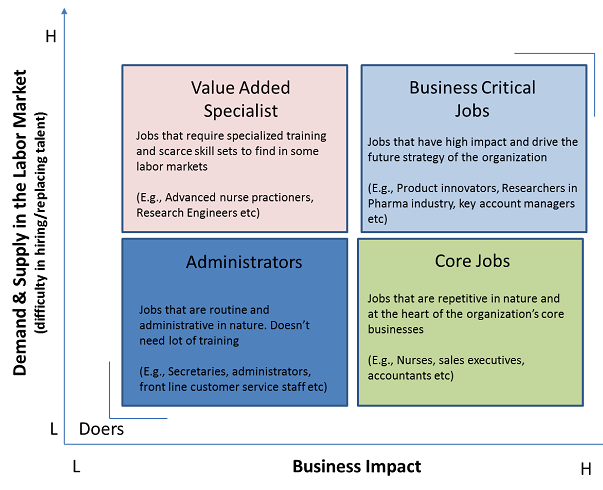Succession Planning - A Premium to Insure Business Continuity

July 18, 2021
Recently, RBI has announced a new rule where it has capped the tenure of CEO, MD in private banks to 15 years. Now this might come as a shock to some of the best banks in the private sector. I believe you might have figured out the problem that these banks might face now. If you haven’t, the answer is - “Lack of Succession Planning”.


So what is Succession Planning?
Succession Planning is identifying top talents for critical /leadership roles and grooming them for advancement. Although simple it may sound, it is one of the most daunting and hence neglected aspect in an organization’s strategy.
Why is it neglected?
Failing to plan is planning to fail — serves as the perfect warning to highlight the importance of Succession Planning. As individuals we tend to invest in life insurance, car insurance to mitigate the impact of any untoward activity. Organizations also create a replica of their data to avoid data loss. However, a great amount of dereliction is visible when it comes to ensuring talent availability. Through my interaction with various top executives, I have listed some of the reasons for the negligence:
- Time consuming activity
- Considered an HR function rather than a strategic initiative
- Replacement Hiring as an easier option
- Success of a plan is not visible soon
- Preference and Nepotism within organization
Why is it required?
Future is enigmatic and below are some scenarios that might deprive an organization of its best talent.
- Top executive retirement
- Unfortunate death of a top talent
- Top Talent lured by another organization for better remuneration and opportunities
Now, the question here is how will an organization shield itself from the inevitable. The solution to this is a well thought out — Succession Planning Process
How it should be implemented?
There are 5 steps to creating an effective succession plan :
- Identify Critical People/ Job Roles
Designing a succession plan will consume your resources and ideally you should invest where you can reap the maximum benefit. You will have to segregate job roles into various cohorts to identify the business critical jobs.

Now I would suggest that an HR should brainstorm by asking some questions like :
What will be the impact if I lose employees from these jobs?
Are these resources/skills scarce in the market?
Will these employees drive future growth?
2. Define Key attributes that are required to take up these roles
The second step would be to understand the key attributes to accomplish the job. I have listed some attributes that companies usually use.
Skills, Competencies, Domain Knowledge, Experience, Qualification
3. Identify top talents based on a multitude of parameters
Locating the right talent at the right time is the key. Hence identifying the employees to create a pool of options is necessary . It will also ensure that you have a plan B, if plan A fails. Below are some parameters that should be noted while selecting a successor for an incumbent.
Feedback from 360 degree review, Performance over the years, Willingness to move upward, Risk of Loss, Impact of Loss
4. Assign a Team to monitor their progress
Once the above hard steps are covered, you will have to assign team members who can assist the selected talent pool and monitor their progress
5. Review their readiness periodically
Periodic reviews are required to review the “readiness” of the employees to fill the position of the incumbent. A succession plan will be at risk if the readiness overshoots the duration of a plan. Example:
VP Sales in your organization is about to retire in 6 months and the employees under your talent pool need 2 years to be ready
Metrics to measure the success of Succession Planning
If it cannot be measured, it cannot be managed — Peter Drucker.
To ensure that you are creating the right plans and reaping the benefits out of them, you will have to monitor the below metrics:
- Time-to-fill
- Top Performer Retention ratio
- Career Path Ratio
Benefits of Succession Plan
Succession Planning is a long-term strategy and hence the benefits cannot be visible from Day 1. An organization that is ready to pay a premium for succession planning will see a positive change in the following aspects :
- Employee Satisfaction
- Engagement
- Unhindered Talent availability
- Business Continuity
- Low Hiring Cost
How will it gain traction in Post Covid era
While organizations are slowly coming to terms with the recent covid situation, the importance of succession planning has amplified. Organizations that are prepared with a pipeline for the future will eventually rise and grow amidst the uncertainty ahead. Investing time and energy to create a robust succession plan will mitigate fears of losing top talent and discontinuity in business. The question however remains — “Is your organization ready to pay the premium now”
Source: PeopleStrong

